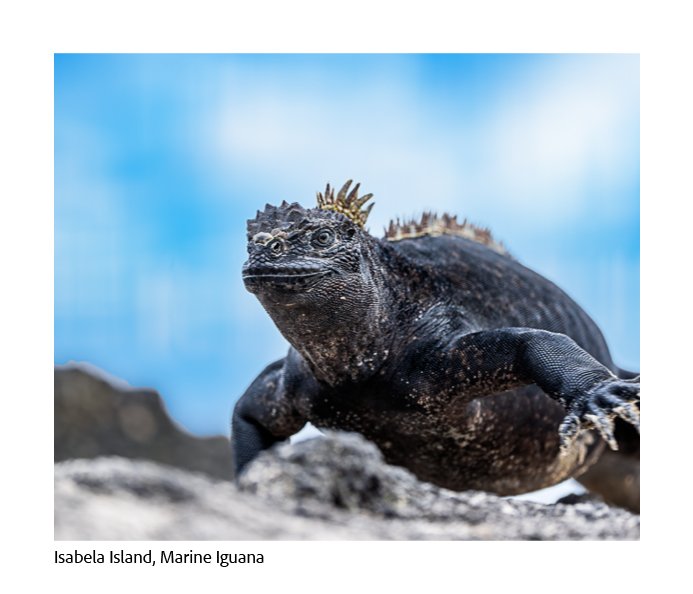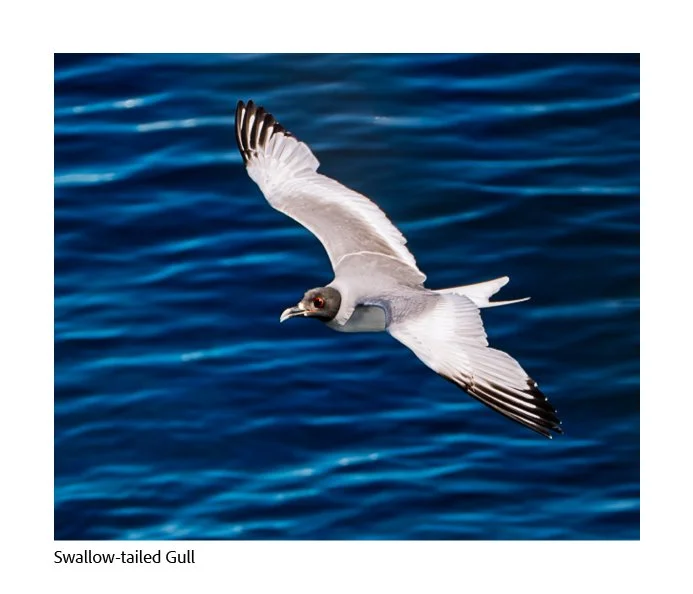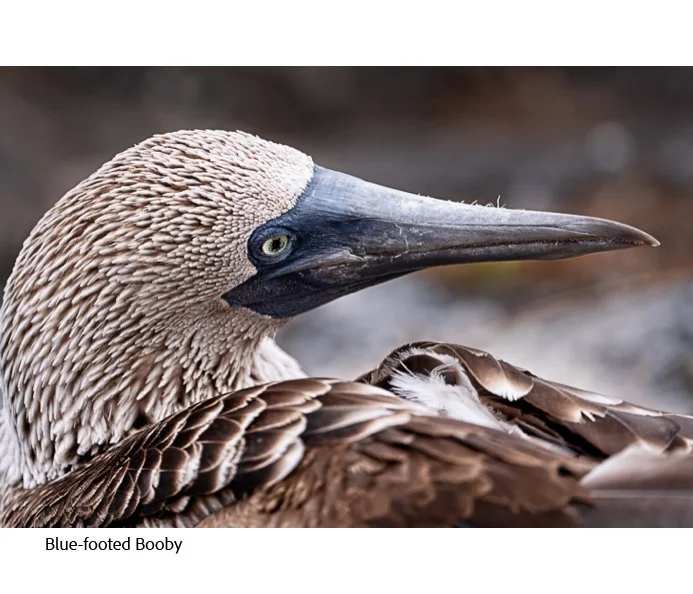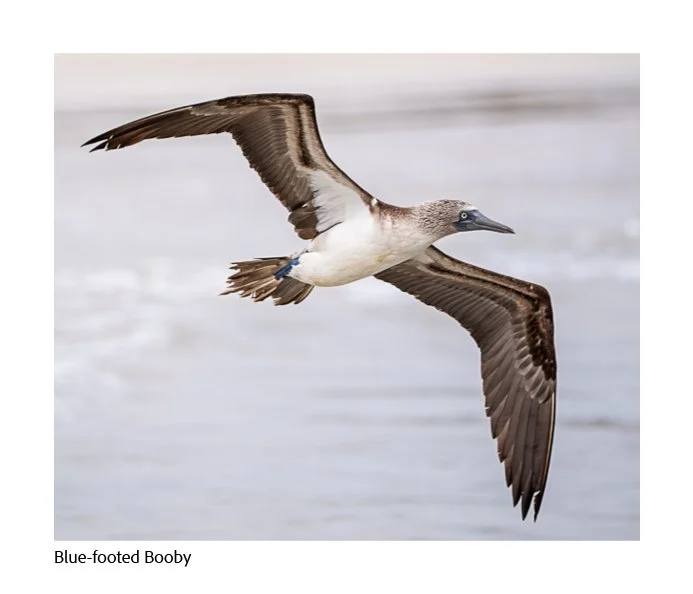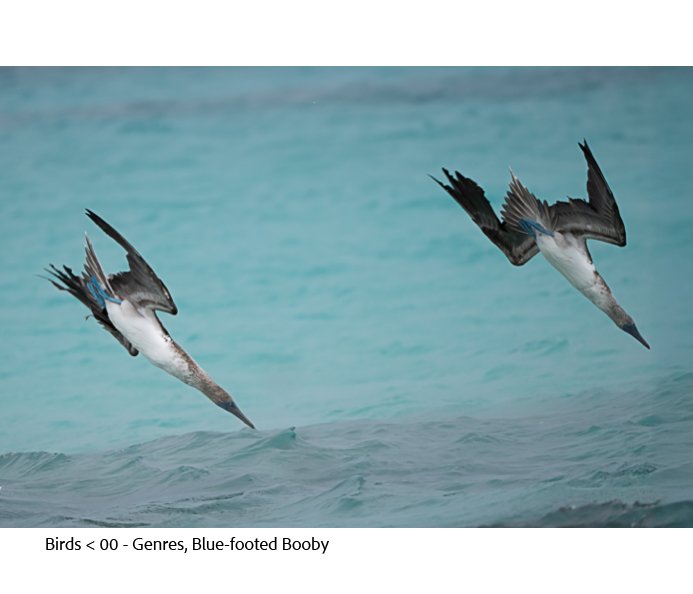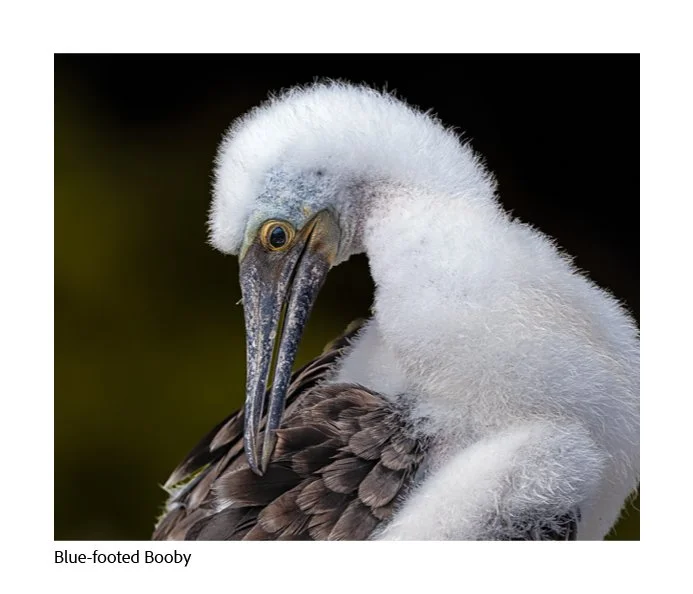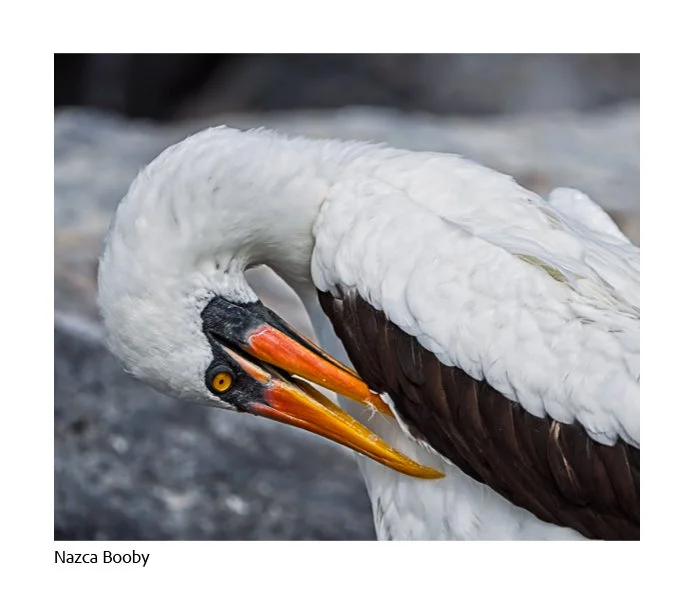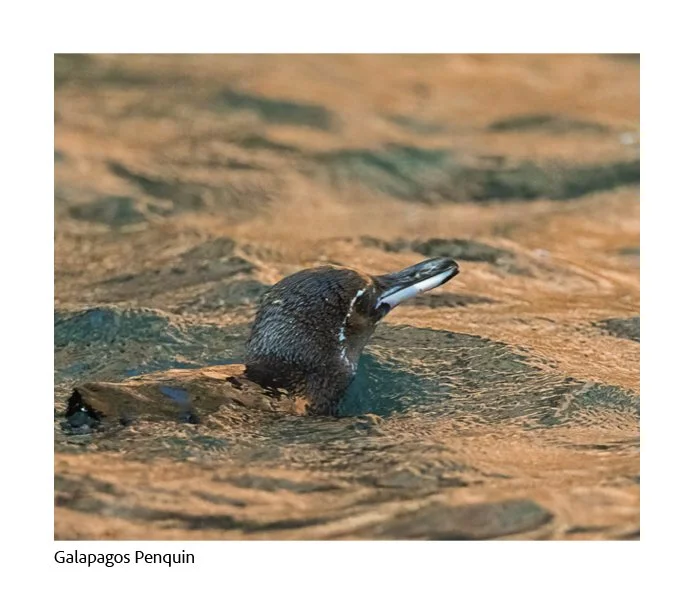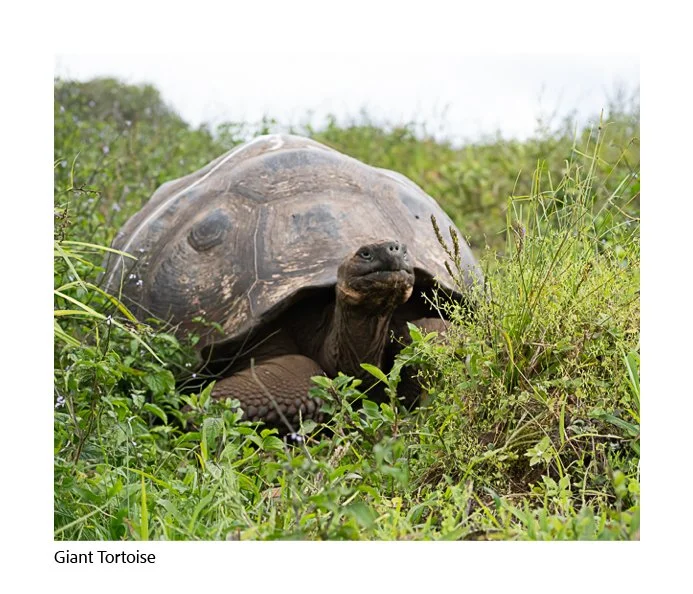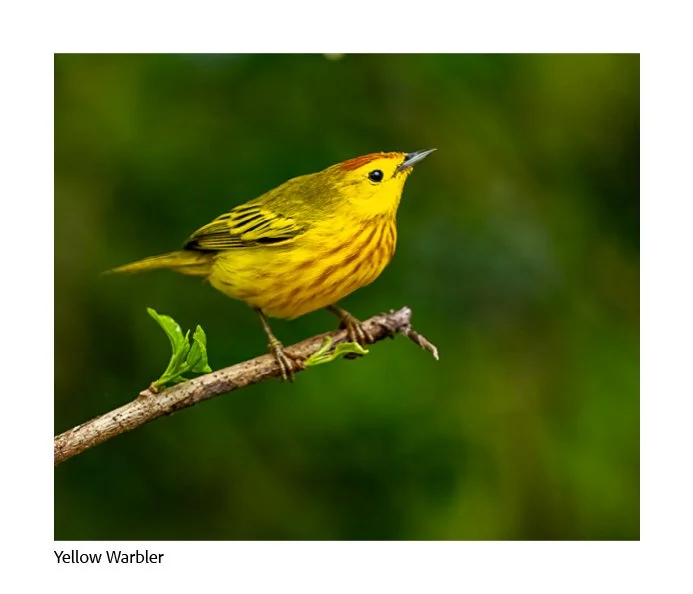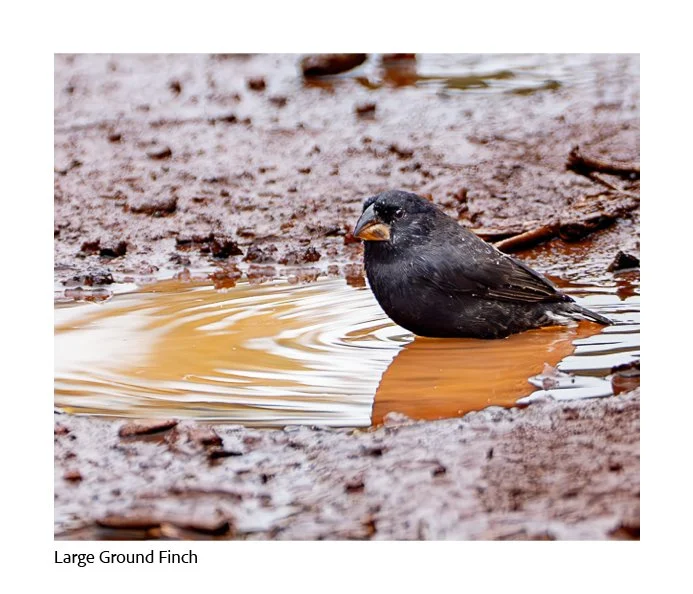
In August, 2025, we travelled to the Galapagos Islands to explore the diversity of nature and the source point for Darwin’s exploration into evolution.
The islands are situated near the equator in the Pacific Ocean about 900 kilometers from the Ecuadorian coast. They were formed successively by a underwater volcanic eruptions over the last 4 million years. The tectonic plate that they sit on has moved over 200 kilometers east during that time. The youngest island on the west side is about 50,000 years old and is still forming. The oldest on the east side is about 3,200,000 years old. The young islands are tall and rugged with little vegetation and the older ones are rounded and vegetated. Some are no longer islands but just the top of a crater sticking out of the water.
This diversity of landscape has resulted in each island having uniquely evolved species and sub-species as individuals changed to meet the challenges of the local environment. Igaunas, giant tortoises and birds all developed new adaptations on each island. It is fascinating to see all of this in such a small place.
The Galapagos has 63 resident bird species of which 35 are endemic and an additional 10 are considered endemic sub-species. In addition there are migrant birds that pass through over the course of a year. According to ebird, 105 species have been seen on the islands and surrounding water this year so far.
There is a group of endemic birds called the Darwin Finches that consists of 14 different birds with names such as Small Ground Finch, Medium Ground Finch and Large Ground Finch. The difference in each is mainly in bill shape and size however there are some variations in colors that help identify the males. Some are widespread across the islands. Others are only found on a single island. Identifying them is very challenging.
Although the finches are named after Darwin, it is really the endemic mockingbirds that first interested Darwin. There are four species on the islands and we were able to see three of them. Three are specific to individual islands and one is more widespread. We were unable to see the fourth because it is critically endangered and the two small islets it lives on are restricted from public access. Again bill shapes are different in each species.
The only endemic gull is the Lava Gull. The population estimate is less than 1000 birds making it the rarest gull in the world. Fortunately they like urban areas so we were able to see them a few times.
The Waved Albatross is considered endemic as it only breeds on Espanola Island and one other small islet. They are considered critically endangered. We visited the island and were able to see there courtship behaviours, nests and young chicks.
The real highlight of travelling to the Galapagos is underwater. We snorkelled with sharks, sea turtles, rays and sea lions. The young sea lions are very curious and swam around us playing with each other and checking us out. Here is a link to an underwater video on my you-tube page.



